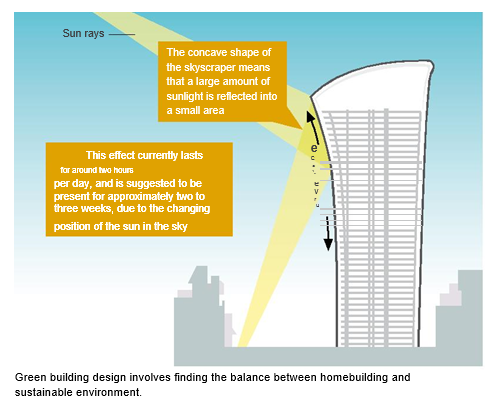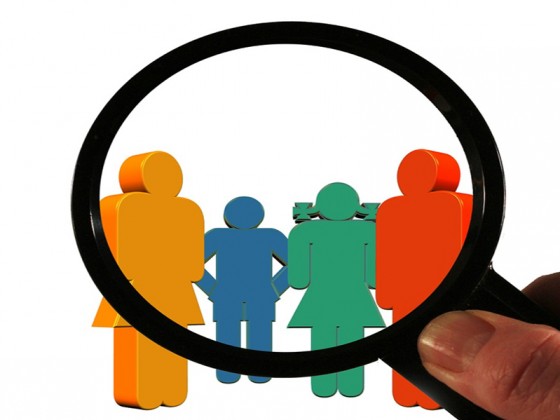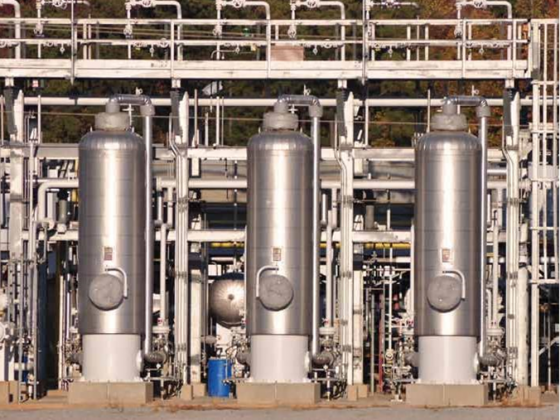by | Liew Seng Choy
Every now and then we are aware of the 40 per cent cut of carbon dioxide emission by the year 2020 compared to 2005 level announced by the Prime Minister during the United Nations Climate Change Conference (COP15). General public from the mass could play a role in helping of reducing CO2 reduction. As high as 3.3 billion metric tonnes of CO2 were contributed from the change of land used around the world according to 2010 statistic.
Global concentration of CO2 that are currently at the brim closer to 400 part-per-million is worrying. The results from this threshold value would be the disruption of cyclic wind at the artic. Cold wind failed to be confined at the North Pole. It is disastrous because it increases the overall water level of the globe. This weather change also affects the aviation industry. Micro-burst thunderstorm occur more often at any unpredicted location and causes deathly incidents especially to domestic flight plane. In Malaysia, there are time when we were in a position unable to avoid the use of land for country’s development in support of the ever increasing human population. A balance between the reductions of CO2 could be achieved through the improvement of daily life-style of the public. Further reduction of paper use as well as the increase amount of threes over and around our concrete jungle city.
Paperless
Paperless concept introduces a decade ago certainly has changed the world of printing over the years. But nobody can go paperless overnight. Social-economic back then does not allow that to happen. However, the concept does indeed create a new business model.
‘Going paperless’ creates and initiated various research and development activities to invent and produce gadgets and devices. The most logical step towards paperless would be to go digital. The creativity and innovation to cross the technological barrier faced back then allows today’s digital evolution and the creation of the new tool called “phablet”, a paper size device reasonably light to be used to replace physical paper today.
Going totally paperless in the public service takes time to realize. A minimal amount of paper was always required for important recording purpose. Duplex printing was introduced to help reduce the amount paper used back then. Today, ordinary document for operational purposes could be replaced by phablet or tablet.
Verification of document between office members could be done in many ways. On-the-go (OTG) devices, introduced in late 2001, allow data to be accessed or transferred through USB ports. Presenting a document between and within members of public services could be done by passing a thumb drive with portable device that support OTG specifications. SanDisk Ultra Dual USB Drive is one good example for the purpose. Quick-respond (QR) code which allows passing of information between parties is another innovative creation by Denso Corporation in Japan. A square thumb size pattern printed onto surface allows simple item identification, document management, as well as general marketing.
A QR code could be generated by a screen at service counter for general public to scan for a service ticket number. It prevented the use physical paper for the service provided. A stable yet reliable internet cloud services are required in order to enable the services of smooth data transfer. Periodical copy of e-magazine is encouraged. QR code printed is an example of a link to all available online c-Magazine courtesy of myForesight®, MIGHT.
Enhancement of current internet services would be another field of business opportunity for the country. The major obstacles would be to have more innovative way of displaying digital content at work place. Glass technology that allows digital content to be displayed ubiquitously at work place is still not a main stream technology at the time of printing this article. On the other hand, capacitive sensing technology in electrical engineering still has tremendous space for improvement despite solving palm rejection algorithm hidden underneath the displaying glass. It would certainly reduce the use of paper further once scientists and engineers manage could find a way to take them into the mainstream technology.
Tomorrow’s Green Practice starts today
Real green practice at public service thought to have a long way to go in our beloved country is actually not true. Pathway at all corridors around all public services could be used as a tool to reduce carbon footprint. Pathway embedded with genetically modified grass could be designed inside office pathway instead of currently used carpet.
We have enjoyed walking bare foot at workplace without realizing solar-to-fuel source could be explored there. Photosynthesis served as the best example for this sci-fi terminology. Our very own Cilibangi is one great example by our very innovative and creative scientist from our home country. Similar methodology could also be applied to create indoor grass used at office’s corridor. Genome sequencing technology that belongs to Universiti Kebangsaan Malaysia, UKM, could be used to sequence the DNA of the indoor grass used at office’s corridor. Genome sequencing technology that belongs to Universiti Kebangsaan Malaysia, UKM, could be used to sequence the DNA of the indoor grass in order to have the same length that works best at office environment and lightning system for photosynthesis process to take place.
The benefits are tremendous. It would first enhances our country Bio-technological sector. Material scientist and engineers would have the opportunity to create new form of material that helps to contain the grass while providing nutrient to the grass root without jeopardizing the overall structure of the floor. New business model would be created through the green path generated at the office. Lightning technology that would help spur the photosynthesis process that will eventually create a complex form of sugar for the plant to be absorbed as food source could be developed. The outcome from this movement would fulfill our ambition for solar to fuel technology and reduction of carbon dioxide in the atmosphere. The lighting technology that caters for plant would also be used for indoor farming.
Glass technology that allows digital content to be displayed ubiquitously at work place is still not a main stream technology at the time of printing this article.
Pasona Group at Tokyo, Japan, is one good example of office farm. Vertical farming technology employed enables a variety of tree and plant to be used to decorate the facade of the buildings around Tokyo. It certainly helps reduce the amount of light reflected through the window. Damage caused by the reflected sunlight from Wilkie-Talkie Building at Eastcheap city of London was an extreme example of the effect reflected sunrays. Reducing the overall ambient temperature and the amount of carbon dioxide in the atmosphere through photosynthesis process of plant is the remedy for climate change, especially around the city area.
Similar vertical farming technology is gaining popularity in Malaysia. Vertical farming could be used at interior as well as exterior walls of buildings of public services.











